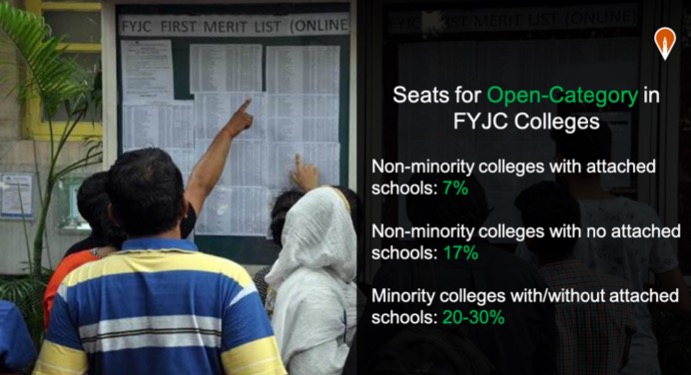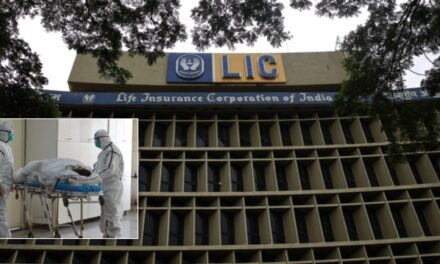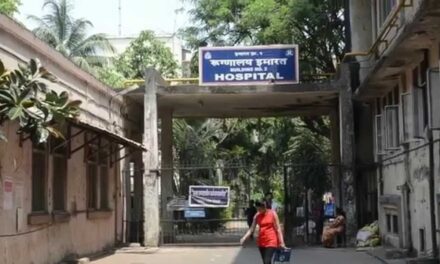
Open category students may get barely 7% seats in FYJC as state implements Maratha, EWS quotas


Going forward, colleges with in-house quota will reserve 93% seats, which includes 52% for SC/ST/OBC, 10% for in-house, 5% for management, 16% for Marathas and 10% for EWS
To ensure open-category students have access to at least ‘some seats’ in colleges attached to schools, the Maharashtra government has decided to halve the in-house quota for FYJC admissions.
Education Minister Vinod Tawde on Thursday said SSC pass students will now get 7 percent seats in the open category, after reducing the in-house quota from 20 percent to 10 percent in FYJC (first-year junior college) admissions.
Tawde held a meeting with various education institutions having an in-house quota to sort the issue. During the meeting, it was decided to cut in-house quota from 20 percent to 10 percent, resulting in 7 percent seats for students from the open category.
The need to rejig the allocations was necessitated due to the implementation of the two new reservations – 16 percent for Socially and Educationally Backward Classes (Maratha) and 10 percent for the economically weaker sections (EWS).
The state also issued a government resolution (GR) in this regard, providing relief to students from the open category, as they can now apply for 7 percent seats in junior colleges attached to schools.
At present, junior colleges attached to schools reserve 77 percent seats, which includes 20 percent for in-house students, 52 percent for SC, ST, OBC, NT etc and 5 percent for management quota.
With the implementation of the new quotas, 16 percent for Marathas and 10 percent for EWS, no seats would be left for open category students, a prospect that many parents and students concerned.
The minister, however, clarified that not all seats would be reserved.
“It was an unnecessary assumption that the new 16 percent reservation for SEBC and 10 percent for EWS quota would result in no seats for the open category as the share of quota would go up to 103 percent,” said Tawde.
“For all colleges that have 20 percent in-house quota other than those colleges having minority status and following the 16 percent Maratha and 10 percent EWS quota, we have decided to reduce the 20 percent in-house quota to 10 percent to clear the way for 7 percent seats for the open category,” said Tawde.
Meanwhile, since the Maratha quota has been challenged in court, the deputy director’s office will prepare the seat matrix for this year’s FYJC admissions both with and without the 16 percent allocation.
There are about 1,887 colleges in Mumbai of various streams and 639 of them have an in-house quota. Of these, 306 are of minority status and have 50 percent reservation while 333 junior colleges are attached to higher secondary schools.
Since no additional quota can apply to minority colleges, they will be unaffected by the Maratha and EWS quotas.
However, most minority colleges already reserve around 55 to 65 percent seats for minority, 5 percent for management and 20 percent for in-house students if applicable.
As a result, even if the in-house quota is reduced to 10 percent, only 20-30 percent of seats will be left open for general category students.
Reservation Breakdown:
- Colleges with attached schools like Bhavan’s, Sathaye and Dahanukar will have 7 percent seats for open-category students.
- Non-minority colleges without attached schools like R.A Podar, Ruia, Vaze-Kelkar, and Sydenham will have 17 percent seats for open-category students.
- Minority colleges, with or without attached schools, like Jai Hind, Mithibai, St Xavier’s, HR, NM, and KC will not be affected by the new quotas.












